
Every now and then it is refreshing to see a company that believes that rushing into the dog race of technological advance might not be as business smart as simply understanding customer needs.
This is definitely the case with Patriot and their new Torqx 2 SSD that not only remains to be a SATA 2.0 drive, but also, is definitely in the price range to attract new SSD enthusiasts.
In the rush to push out SATA 3, SSD manufacturers may have forgotten that 99% of computer owners are using SATA 2 systems and just might seek a SATA 2 SSD in the near future.
INTRODUCTION
The Patriot Torqx 2 SSD has just been released to consumer sales and is available in capacities of 32, 64, 128 and 256GB. Patriot has listed its performance as 270MB/s read and 230MB/s write and have upped their warranty to 3 years which is great to see in a SSD although, most likely it will never be needed. At the time of this report, there was a company rebate which brought pricing to a very reasonable $74.99 (32GB), $114.99 (64GB), $199.99 (128GB) and $489.99 (256GB).

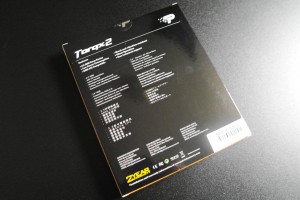 Packaging for the Patriot is very straight forward with the designated orange to catch the consumers attention and drive features listed on the reverse.
Packaging for the Patriot is very straight forward with the designated orange to catch the consumers attention and drive features listed on the reverse.
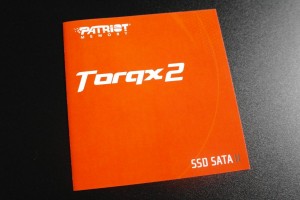
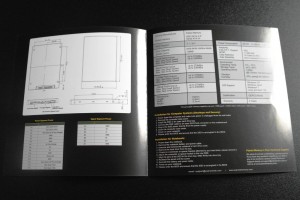 Inside we find the SSD as well as a specification and installation pamphlet. Instructions are provided for installation in both desktop and notebook computers and, for those that get a bit a bit confused, Customer Support information is right there front and center.
Inside we find the SSD as well as a specification and installation pamphlet. Instructions are provided for installation in both desktop and notebook computers and, for those that get a bit a bit confused, Customer Support information is right there front and center.
The Torqx 2, unlike most other SSDs is not held together by screws, but rather, the exterior is held in place by two seals and the casing simply slides together. Breaking the seals will void your warranty which is why we like to do this here and save both the company and consumer a great deal of frustration should the inevitable happen.
LIFE EXPECTENCY
For the past two years or so many people have concerned themselves with trying to estimate the lifespan of an SSD and, in the process of doing so, have created consumer doubt with respect to the SSD lifecycle and whether they would be better remaining with the tried and true hard drive.
The entire notion of the hard drive being tried and true is a bit amusing because, anyone who has spent time on a computer knows that the end life of a hard drive is not a pretty site. Most often the drive will start to become corrupt and reducing space long before it dies which is a bit encouraging as it gives us some warning. In the end, however, there is the inevitable crash and loss of information. This is much different than the solid state drive which simply cannot be written to further but all information remains available to be read for years to come.
Without getting technical, the consumer can be assured that they will probably never reach end life with their SSD and, in fact, we can guarantee that they will upgrade their system long before finding end life on the SSD. We have been through over a hundred SSDs since their first release and have been unable to reach the end life of a single one yet.
At the end of the day though, we never concerned ourselves about this with the far less reliable and shorter lasting hard drive so why is it even spoken of now?
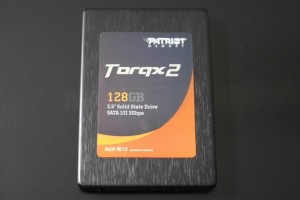
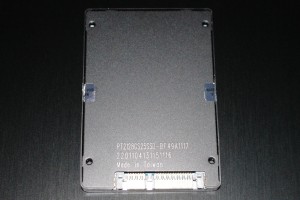
No comments:
Post a Comment